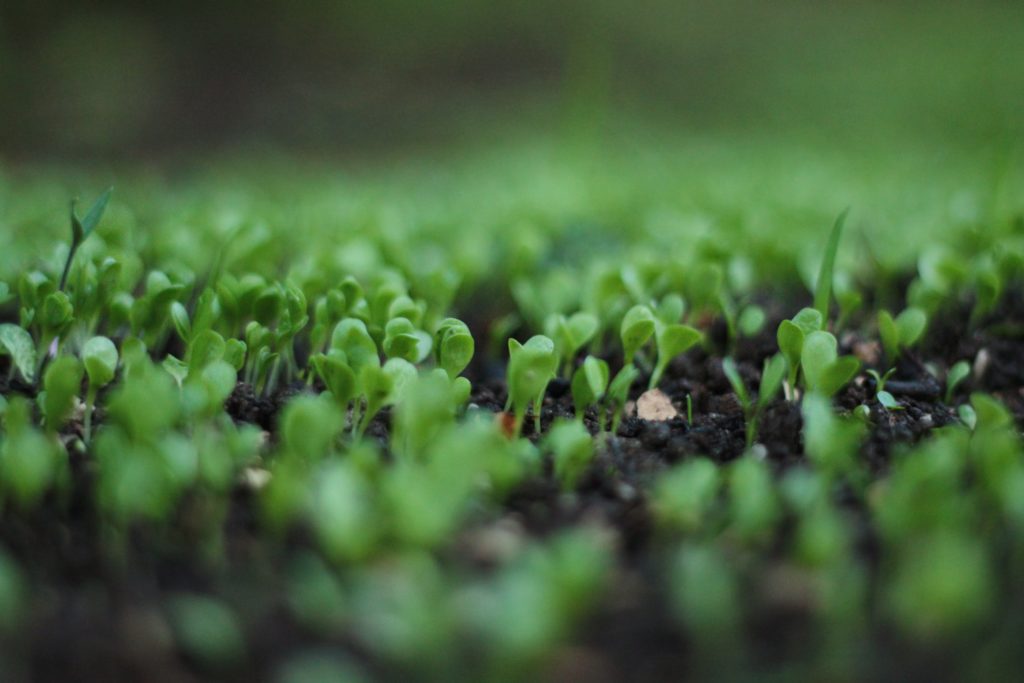
A recent study has unearthed the mystery of how plant disease resistance is linked to the soil microbiome. This new area of research will open up new possibilities for a more sustainable food production system and help combat global food security threats.
Plant pathogens are a major threat to global food production, notably in food-deficit areas which can see up to 20-30% crop losses due to pathogens alone. There are numerous management practices and technologies aimed at reducing such losses, including the application of chemical control, breeding of resistant crop varieties and cultural control actions. However, all of these tools and systems are threatened by constantly evolving pathogen resistance, virulence levels and expanding host ranges due to changing climates.
A team of researchers from the University of York with colleagues from the Netherlands and China studied the effects of the soil microbiome on plant-pathogen interactions. It is commonly known that disease distributions vary across fields, but little is understood as to why this occurs rather than entire fields being equally affected by the same disease.
The study targeted bacteria wilt disease on tomato plants, caused by Ralstonia solanacearum. R. solanacearum is a major threat to global food production, with host crops including tomato, potato, pepper, bean and numerous weeds. The bacteria commonly infects crops via wounds in the root systems, leading to a number to internal symptoms such as necrotic vascular tissue which can be difficult to identify without damaging the plant. Other symptoms include leaf wilting and yellowing, necrotic leaf tissue and in severe cases, death of the host plant.
Dr Ville Friman from the Department of Biology at the University of York said “even though we have discovered that the pathogen is present everywhere in tomato fields, it is not capable of infecting all the plants. We wanted to understand if spatial variation could be explained by differences in soil bacterial communities.”

The study involved sampling the soil of infected fields to compare the microorganisms that were present in the near vicinity of infected and healthy plants. The results of this showed that the microbiomes of plants which both survived infection and remained healthy were linked to specific pathogen-suppressing Pseudomonas and Bacillus bacteria.
“Our results show that it is important to focus not only on the pathogen but also the naturally-occurring beneficial microorganisms present in the rhizosphere. While the beneficial role of microbes for humans and plants have been acknowledged for a long time, it has been difficult to disentangle the cause and effect,” said Dr Friman.
The team are continuing their investigation, looking into the development of microbial inoculants to improve pathogen resistance in crop production. The findings of this study have shed light on the possibilities for the use of bacteria as ‘soil probiotics’, with the soil microbiome being a focus for crop management in the future.
By targeting the promotion of beneficial bacteria in the soil of fields, it may be possible to increase plant resistance to specific diseases using more natural tools such as organic fertilizers. In turn, this would reduce the need for intensive chemical treatments to control disease outbreaks as the negative effects of the plant pathogens existing in the soil would be reduced. The use of other non-invasive cultural management practices such as crop rotation and intercropping may be a useful IPM strategy with such soil inoculants to modify the soil composition in specific fields to promote crop-resistance.
If you would like to read more on the subject, please see the links below:
1 Comment
Leave a Reply
Related News & Blogs
The role of soil health in sustainable agriculture
Previously, we have discussed the importance of soil health for agriculture, highlighting its threats and outlining protection strategies. In this blog, we dig deeper into the role of soil health in sustainable agriculture and explore its long-term ben…
18 June 2025

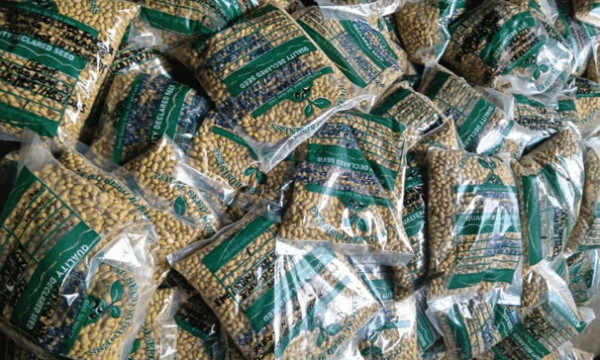
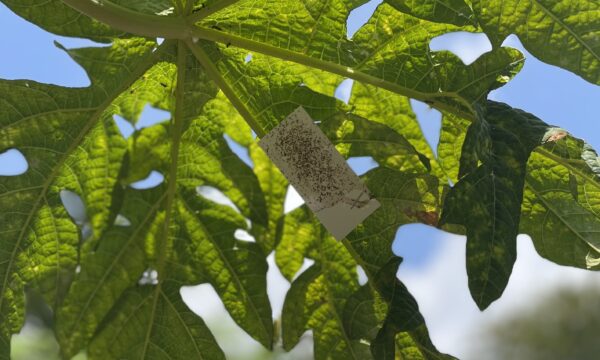
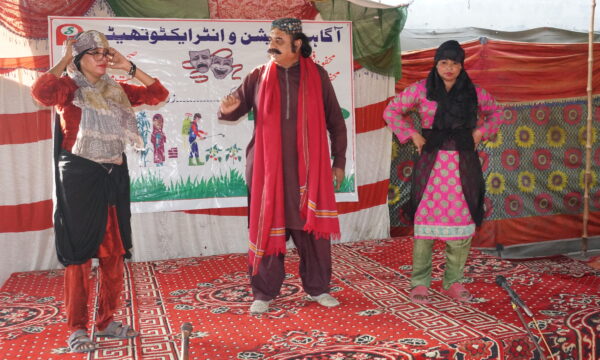
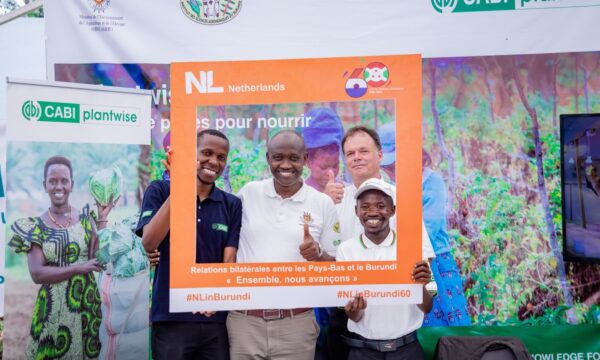
Nice content, very informative and productive page all the information on plant disease is covered